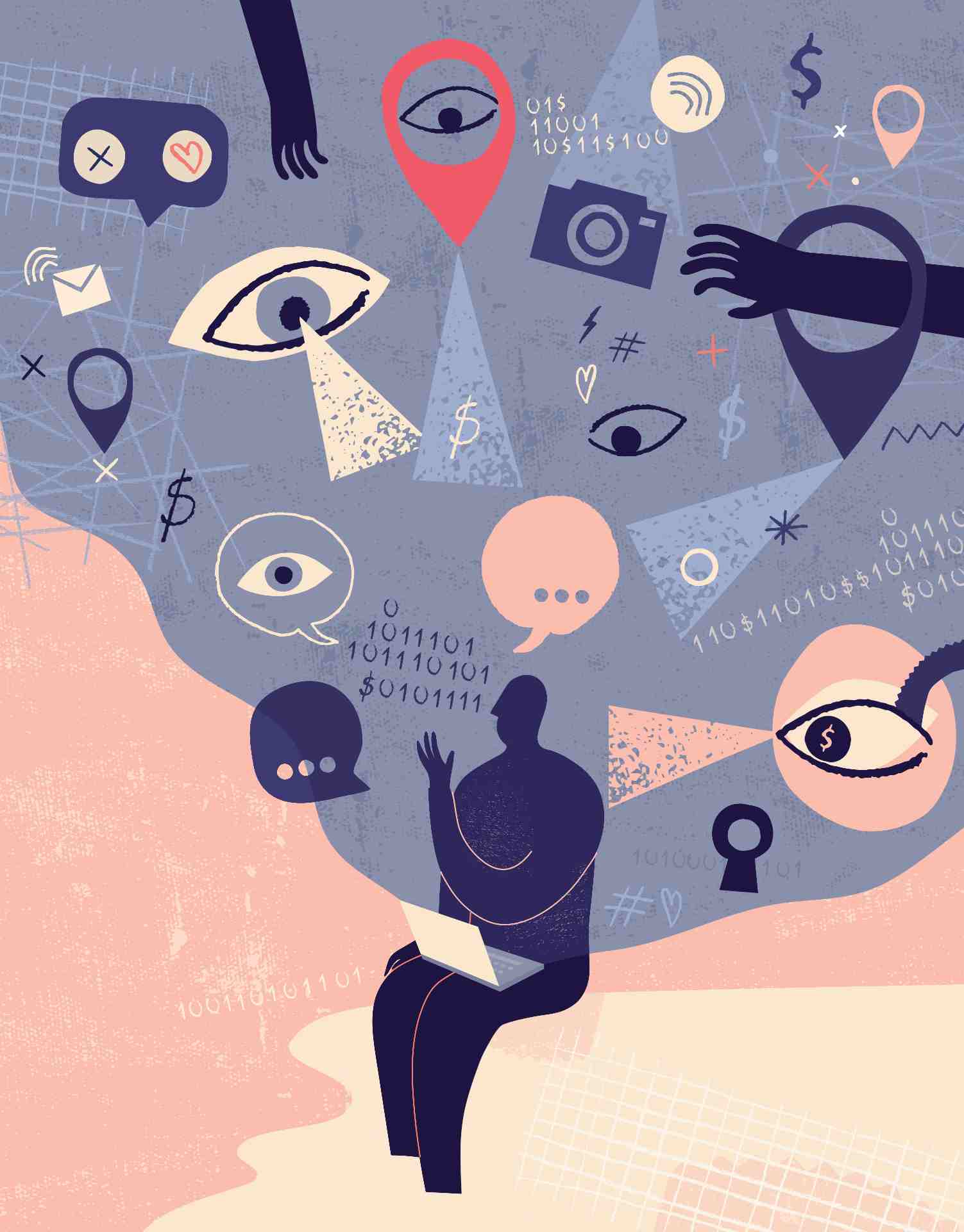It happens, for example, when we’re interrupted. You’ve muted notifications in Slack, Teams or Skype. You’ve put on your headphones and the Prelude from Bach’s Cello Suite No. 1 is playing in them. Your fingers are on the keyboard and the idea you have to write down in that blank document is finally taking shape in your mind.
Then it’s just at that moment that you feel a little tap on your shoulder. You turn around and there’s your colleague asking if you have a minute to talk about a matter of some urgency. When he leaves, so does that transcendental thought and any sense of well-being.
In

